In the ecological narrative of river ecosystems, salmon have long been a keystone species, symbolizing both the bounty and the fragility of these environments. However, for decades, the construction of dams across major waterways has significantly disrupted the natural life cycle of these iconic fish. Fortunately, a recent and growing movement toward dam removal is bringing hope for the revival of salmon populations, transforming rivers back into thriving ecosystems.
The Detrimental Impact of Dams
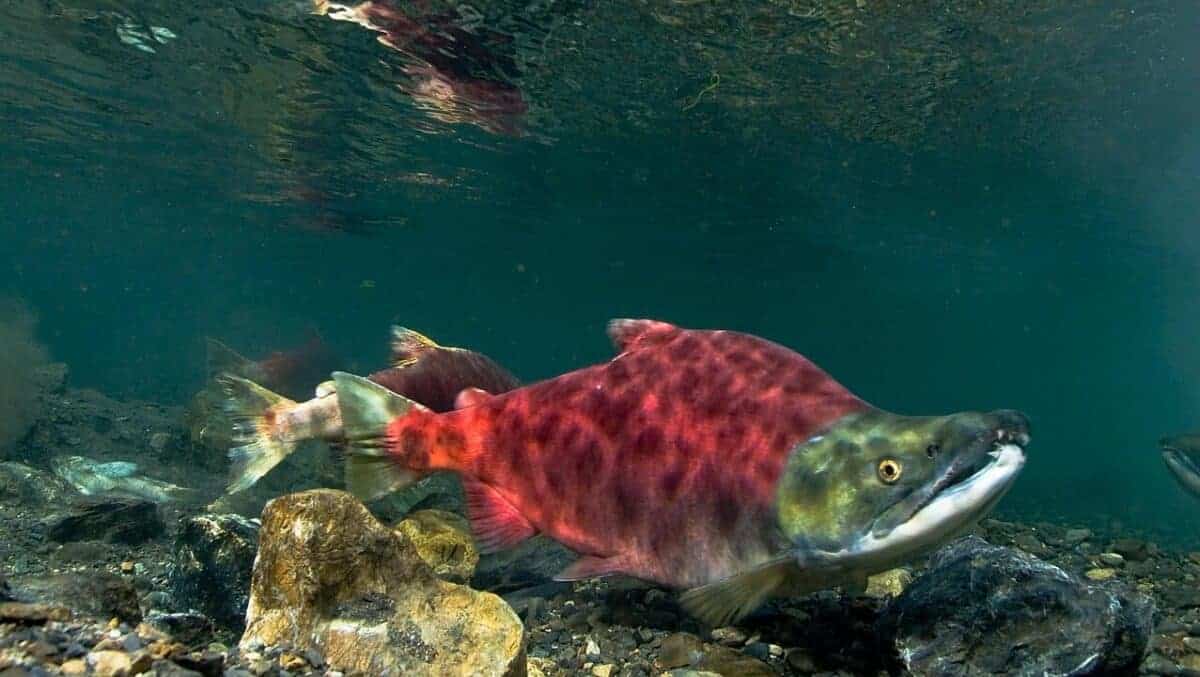
Historically, dams were built for various purposes, including hydroelectric power generation, irrigation, and flood control. However, the benefits often came with a heavy cost to the environment. Dams obstruct the migration routes of salmon, preventing them from reaching their traditional breeding grounds. This disruption has led to a drastic decline in salmon populations, affecting not only the fish but also the entire river ecosystem and the communities that depend on them.
A Shift in Policy: Embracing River Restoration
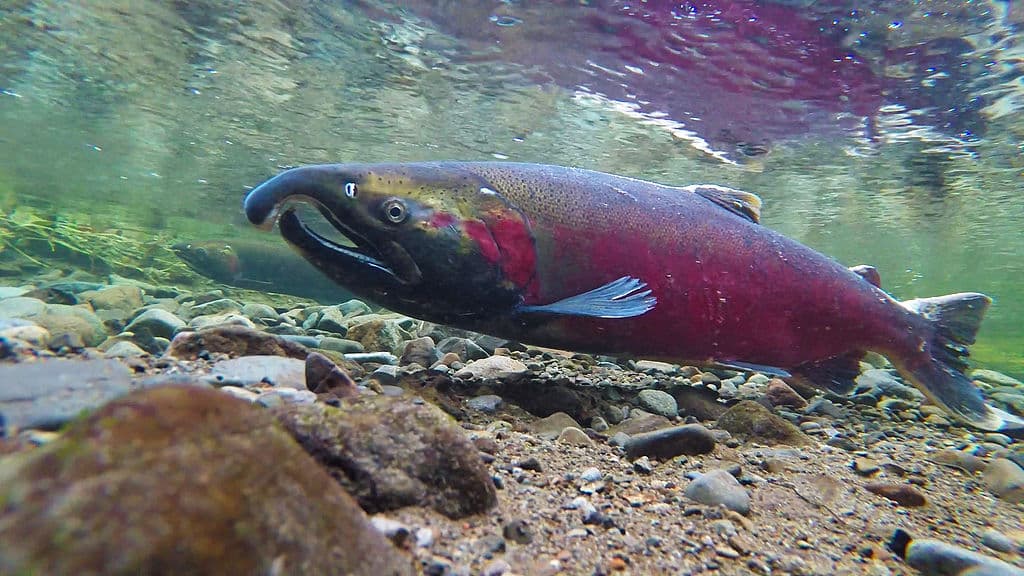
In recent years, a significant shift in environmental policy and public awareness has led to the removal of several dams. These efforts are part of a broader recognition of the need to restore natural river flows and fish migration patterns. The results have been nothing short of remarkable, particularly in the case of salmon return.
Success Stories: The Resurgence of Salmon
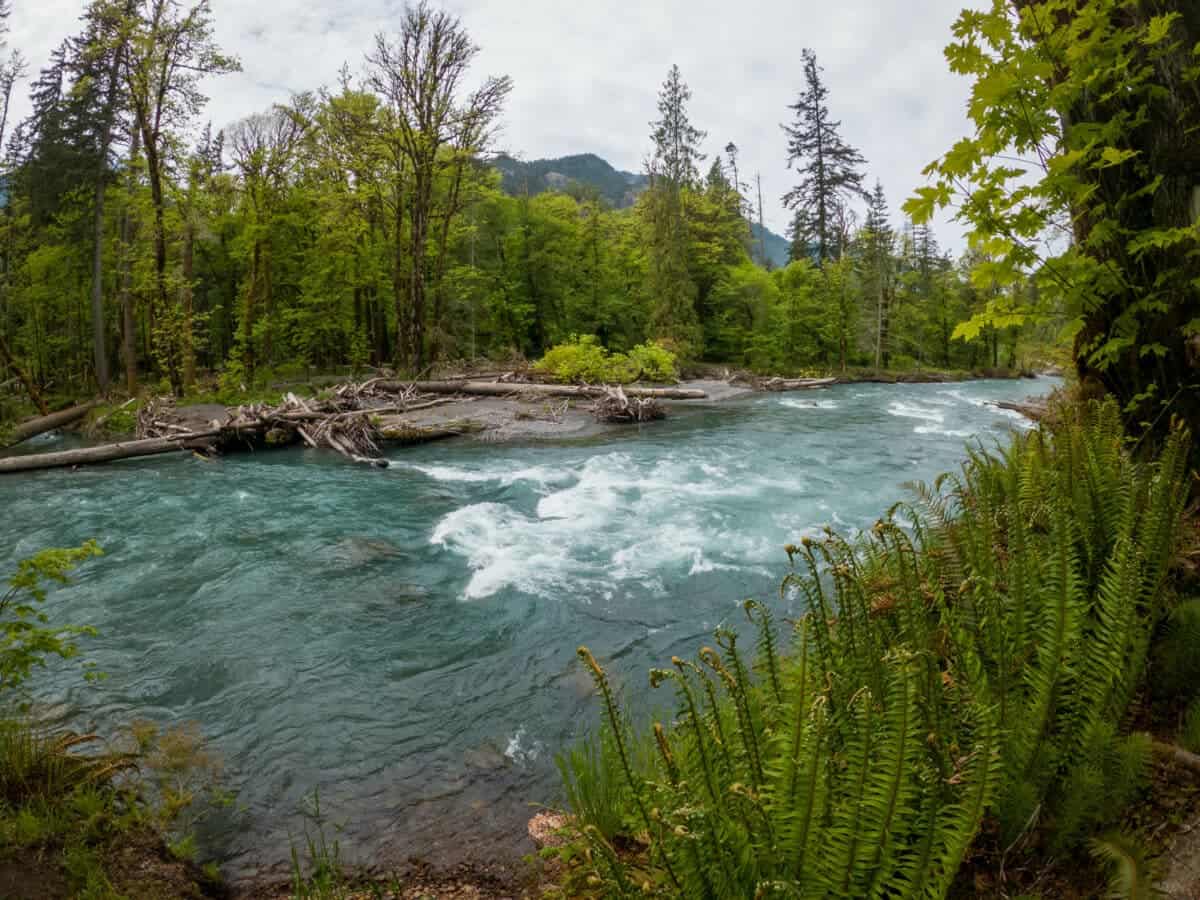
One notable success story is the Elwha River in Washington State. Following the removal of two large dams, the Elwha River witnessed an extraordinary comeback of salmon. Within just a few years, thousands of salmon were observed returning to the river, a sight not seen in over a century. This resurgence is a powerful testament to the resilience of nature when given a chance to heal.
Broader Ecological and Economic Benefits
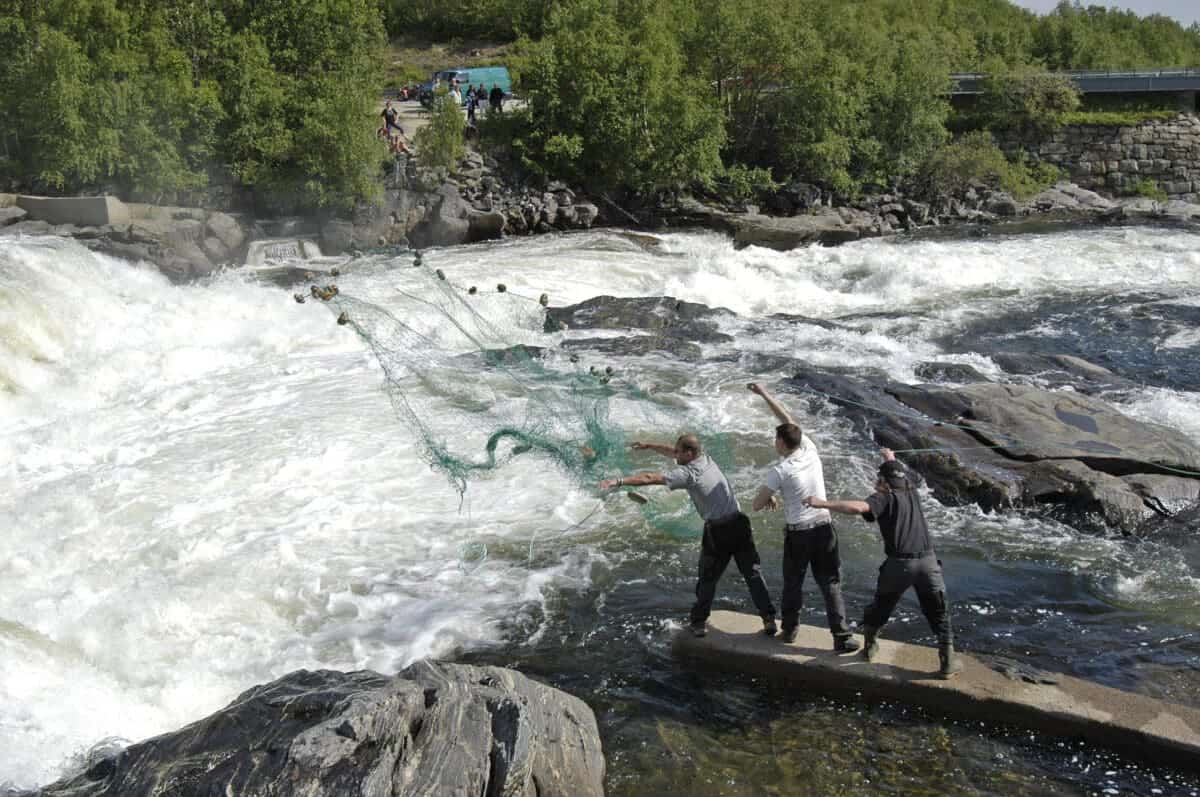
The positive impacts of dam removal extend beyond the resurgence of salmon. The return of these fish revitalizes the entire aquatic food web. Salmon carcasses provide vital nutrients to river systems, benefiting other fish species, invertebrates, and even riparian vegetation. Furthermore, healthy salmon populations support a range of wildlife, including bears, eagles, and otters. The economic benefits are also significant. Salmon fishing industries, which suffered greatly due to declining populations, are witnessing a revival. This resurgence provides livelihoods for many communities and contributes to local economies.
Challenges and Future Directions
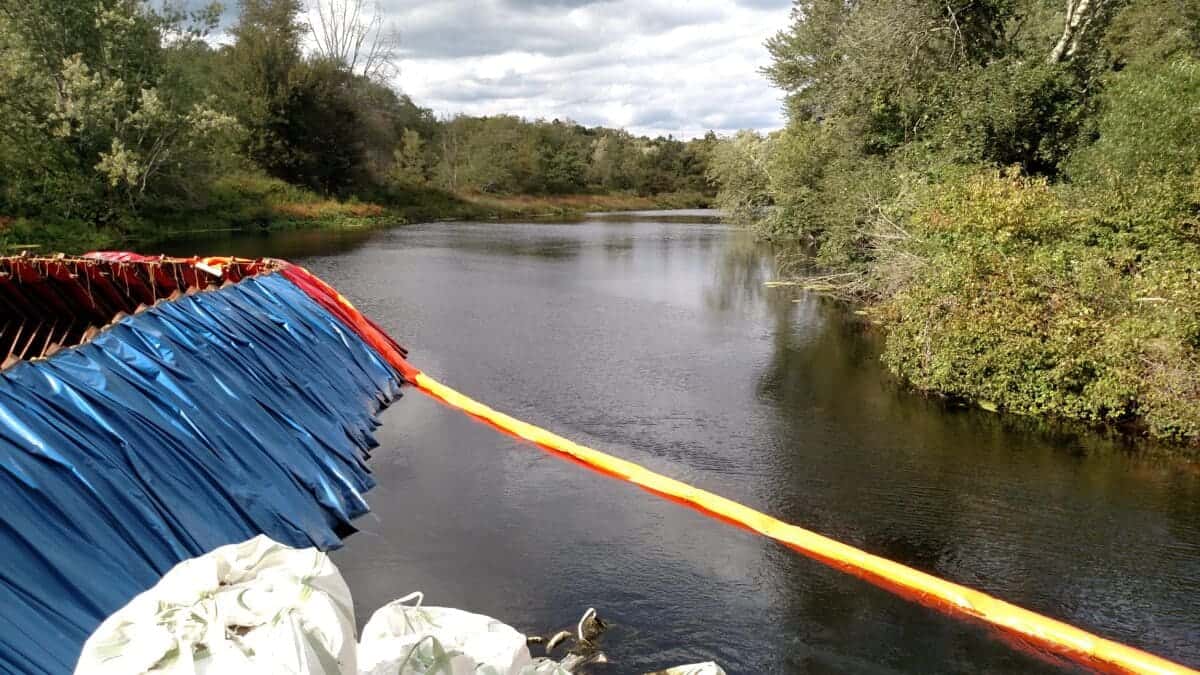
Yet, the path to river restoration is not without challenges. Dam removal is a complex process, often entailing significant logistical, financial, and social considerations. The concerns of various stakeholders, including those who depend on dams for electricity and water, must be carefully navigated.
Conclusion: A Renewed Hope for Ecosystems
In conclusion, the removal of dams and the subsequent return of salmon to their native rivers offer a compelling narrative of ecological restoration. This movement not only signifies a shift in our relationship with nature but also highlights the remarkable capacity of ecosystems to recover when given the opportunity. As we witness the rejuvenation of these river environments and the return of their keystone species, there is a renewed sense of hope for the future of our planet’s diverse ecosystems.
Up next:
Bear Cubs Are Starving Amidst Salmon Shortage in Japan
The Trend of Orcas Wearing Salmon Hats In the 80s
Join our Forum for free today!

- The Kleptomaniac Cat That Rules Houston - July 20, 2024
- Elephant Makes a Lifelong Friend at Sanctuary in Tennessee - July 14, 2024
- Evidence For World’s Oldest Fossilized Forest Discovered in New York - July 11, 2024

